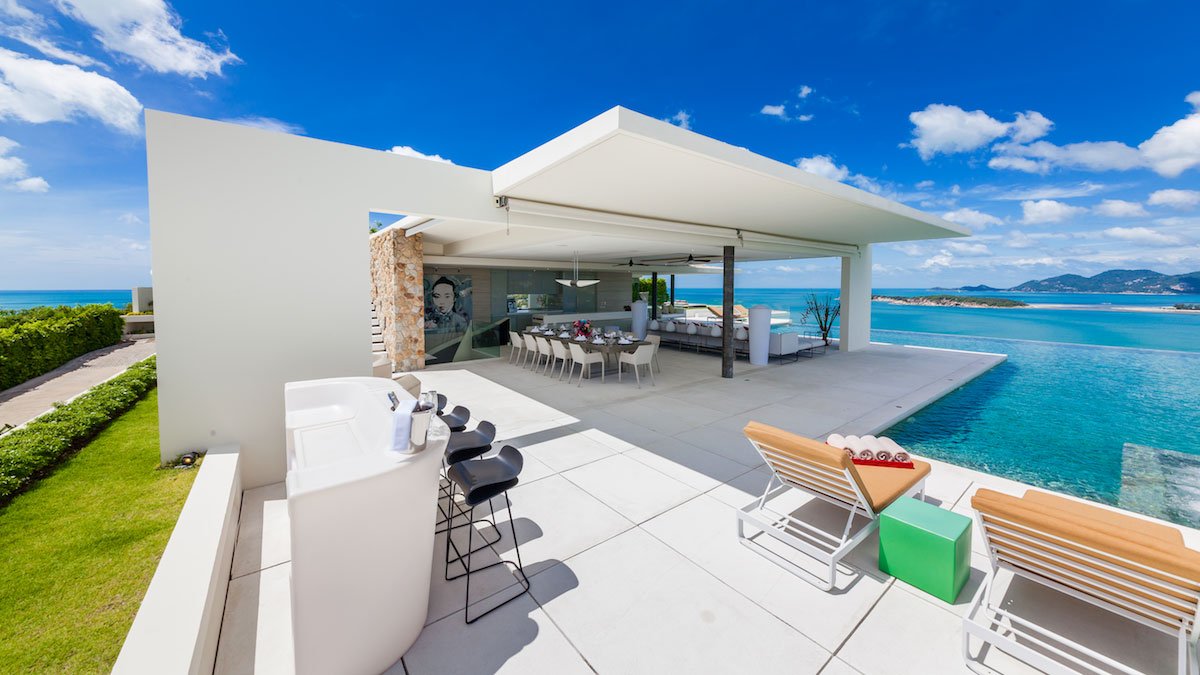Affordable housing initiatives in villa communities aim to address the growing need for accessible housing options while maintaining high living standards. These initiatives focus on ensuring that residents from diverse socioeconomic backgrounds can afford comfortable and secure homes within villa developments. Here are some key strategies and programs that promote affordable housing in villa communities:

1. Subsidized Housing Programs
Many villa communities participate in subsidized housing programs supported by government agencies, nonprofit organizations, or private developers. These programs offer financial assistance, such as subsidies or tax incentives, to lower-income households to afford housing within villa developments. Subsidized housing ensures that residents pay a reduced rent or mortgage, making villa living more accessible without compromising on quality amenities and neighborhood features.
2. Mixed-Income Housing Developments
Mixed-income housing developments integrate a range of housing types and price points within villa communities, catering to residents with varying income levels. By blending market-rate housing with affordable units, these developments promote socioeconomic diversity and create inclusive neighborhoods. Mixed-income housing initiatives foster community cohesion and provide opportunities for residents of all backgrounds to access high-quality housing options in desirable villa settings.
3. Affordable Housing Quotas and Requirements
Some villa developments incorporate affordable housing quotas or requirements as part of zoning regulations or development agreements. These mandates ensure that a percentage of new housing units within the community are designated as affordable. Developers may partner with housing authorities or nonprofit organizations to manage and allocate affordable units based on income eligibility criteria. Affordable housing quotas promote equitable access to villa living while supporting community development goals.
4. Community Land Trusts
Community land trusts (CLTs) are nonprofit organizations that acquire and hold land for the benefit of the community, including affordable housing initiatives. In villa communities, CLTs may develop and manage affordable housing units, ensuring long-term affordability and community stewardship. CLTs often collaborate with local governments, developers, and residents to preserve affordability, promote homeownership opportunities, and maintain community control over housing resources.
5. Rent Control and Tenant Protections
Rent control policies and tenant protections can help stabilize housing costs and prevent displacement within villa communities. These regulations limit rent increases and provide legal safeguards against unjust evictions, ensuring that residents can remain in their homes without fear of unaffordable rent hikes. Rent control measures support housing affordability and tenant stability, particularly in high-cost villa markets where rental prices may otherwise exceed household incomes.
6. Public-Private Partnerships
Public-private partnerships (PPPs) play a crucial role in funding and implementing affordable housing initiatives in villa communities. Governments collaborate with private developers, financial institutions, and nonprofit organizations to finance, construct, and manage affordable housing projects. PPPs leverage resources, expertise, and innovative financing mechanisms to create sustainable housing solutions that meet the needs of low- and moderate-income families while enhancing overall community development.
Conclusion
Affordable housing initiatives in villa communities prioritize access to quality housing for residents from diverse socioeconomic backgrounds. Subsidized housing programs, mixed-income developments, affordable housing quotas, community land trusts, rent control policies, and public-private partnerships are essential strategies that promote housing affordability while maintaining high living standards. By implementing these initiatives, villa communities can foster inclusive neighborhoods, support economic diversity, and ensure that all residents have the opportunity to enjoy the benefits of villa living in well-planned and sustainable environments.











